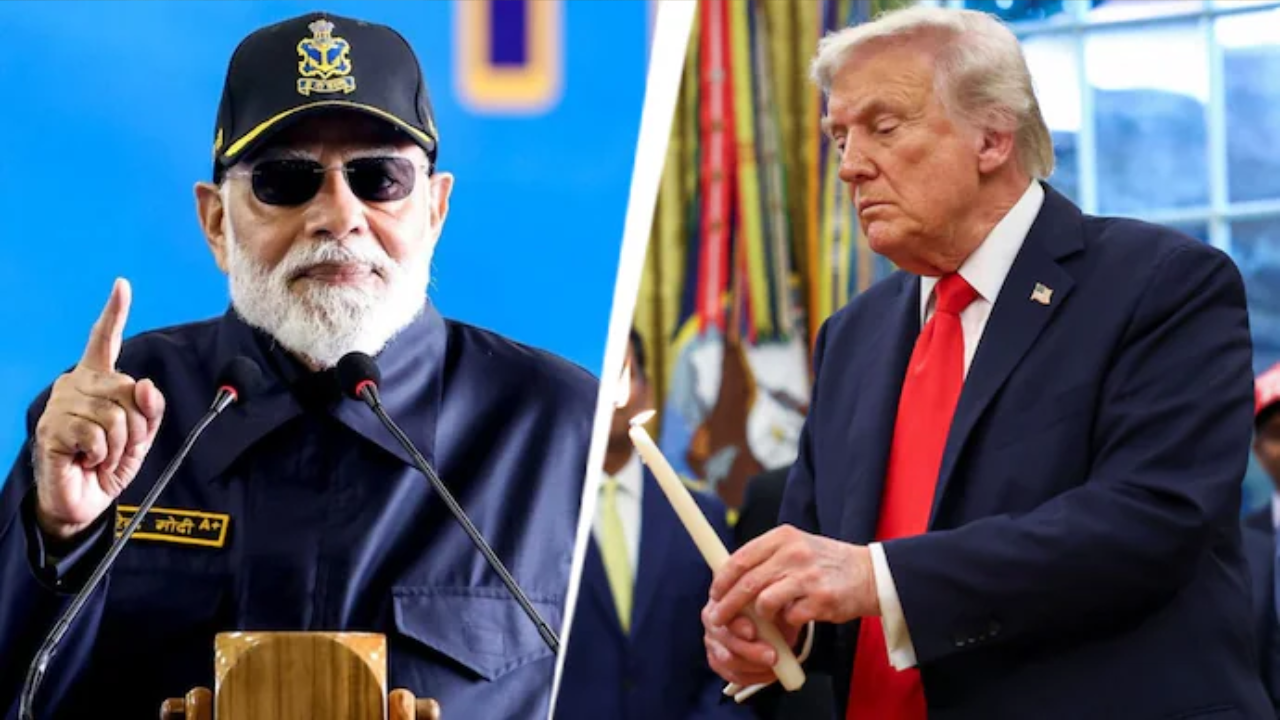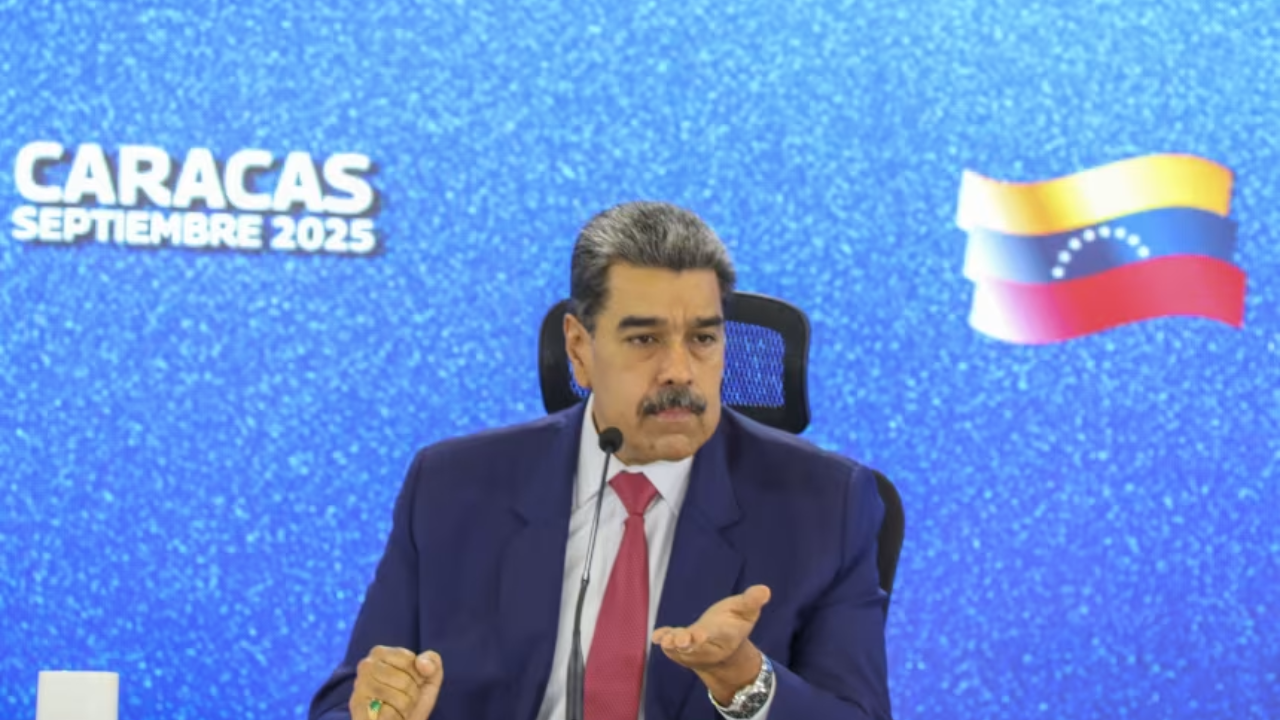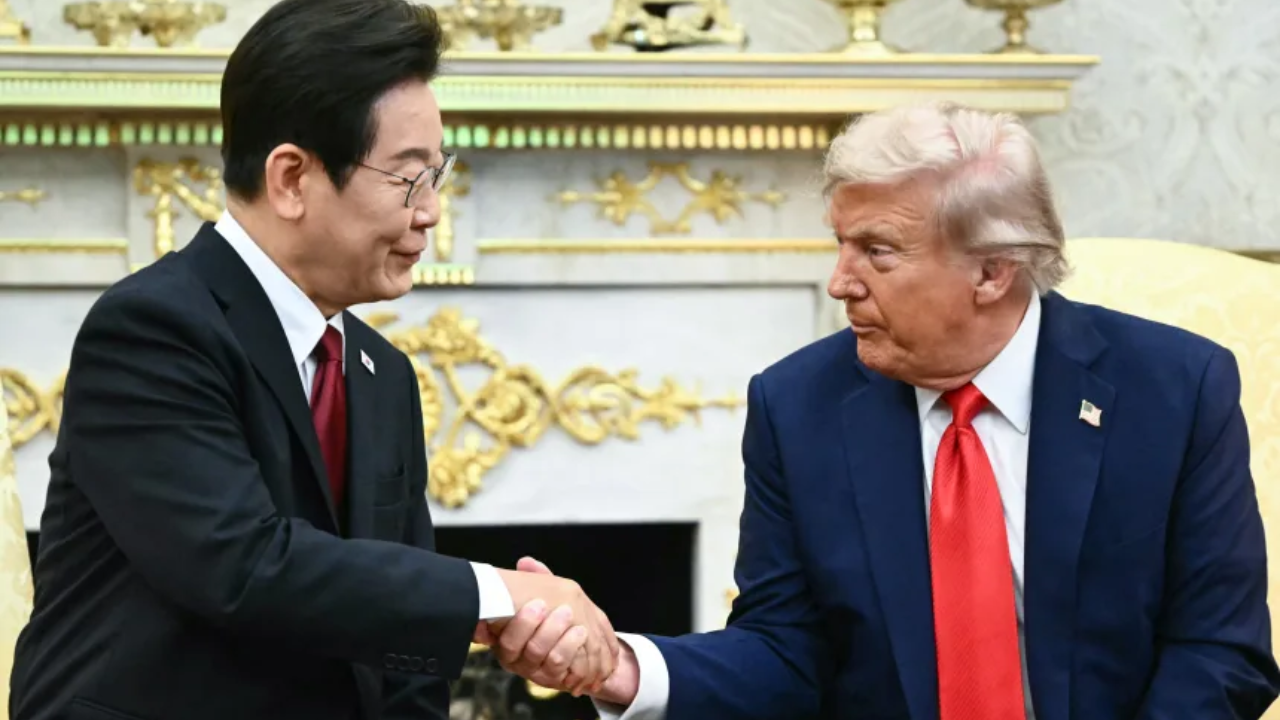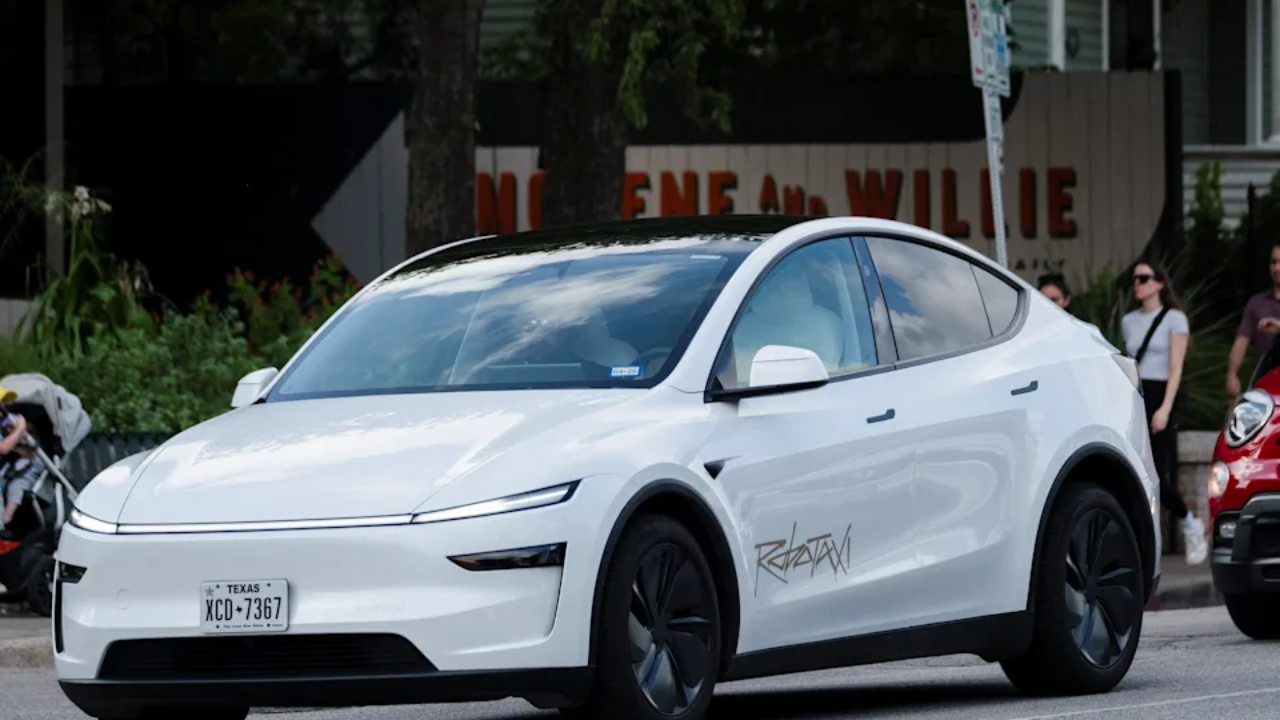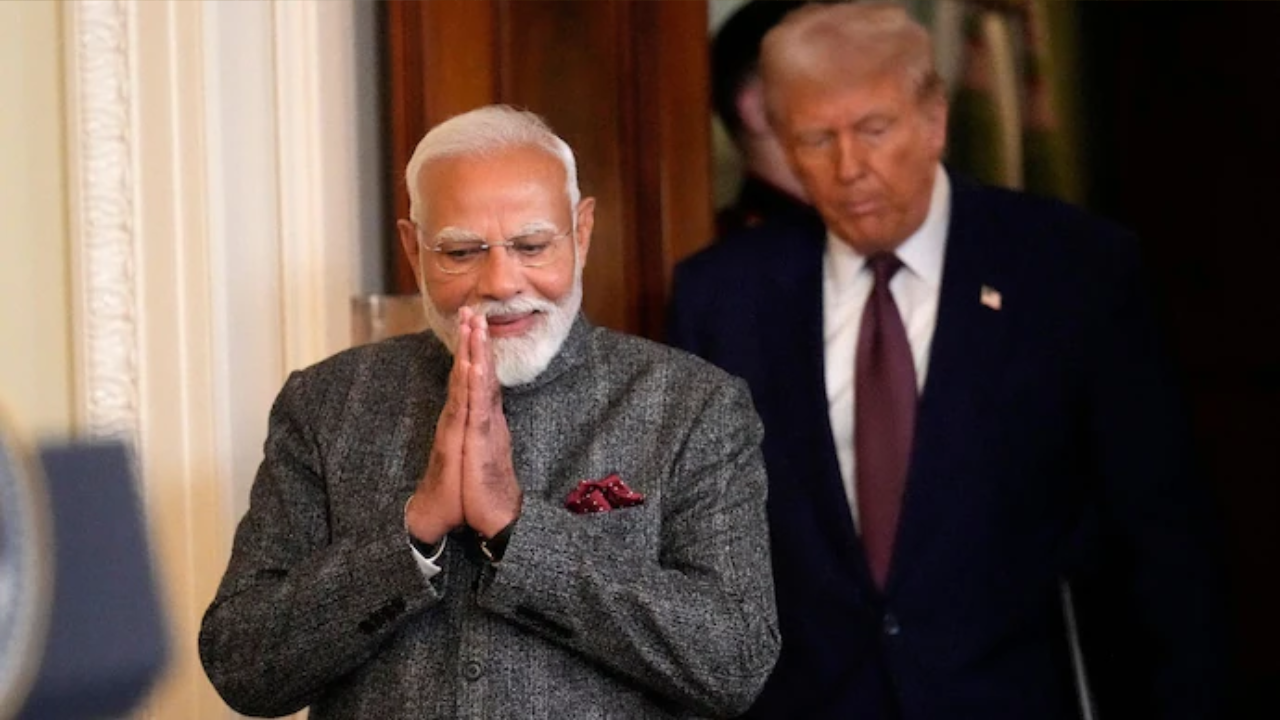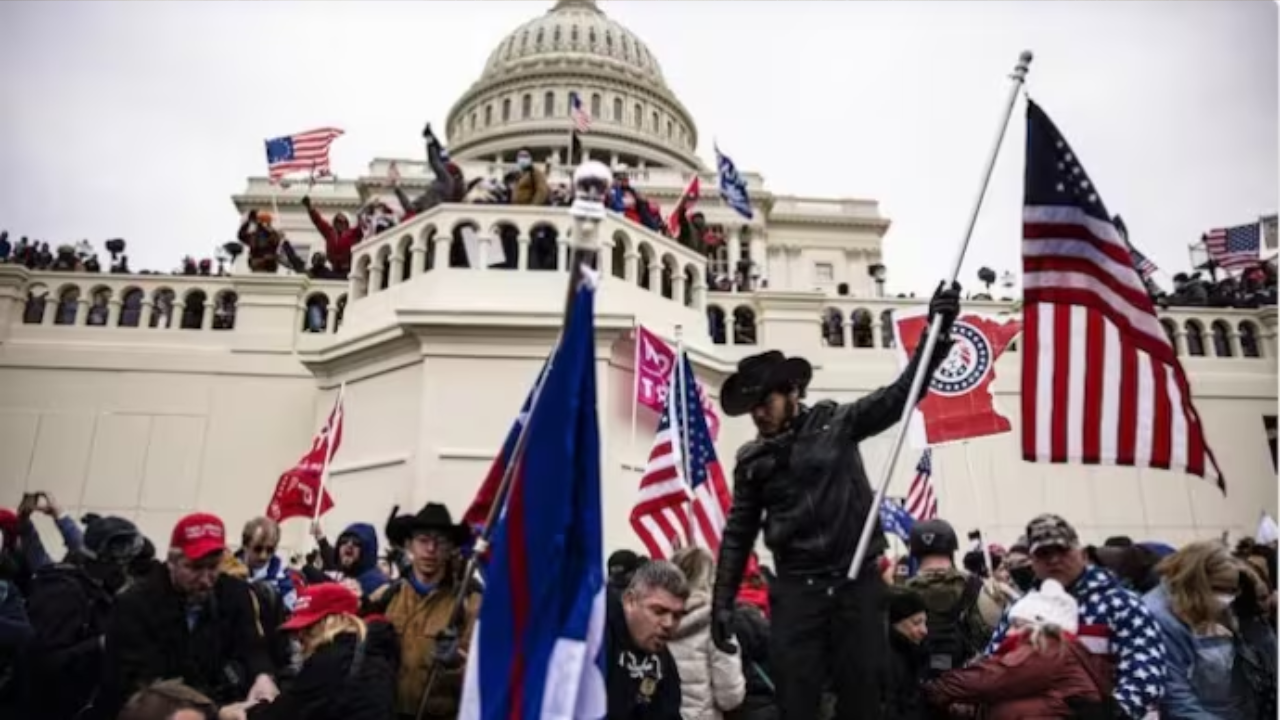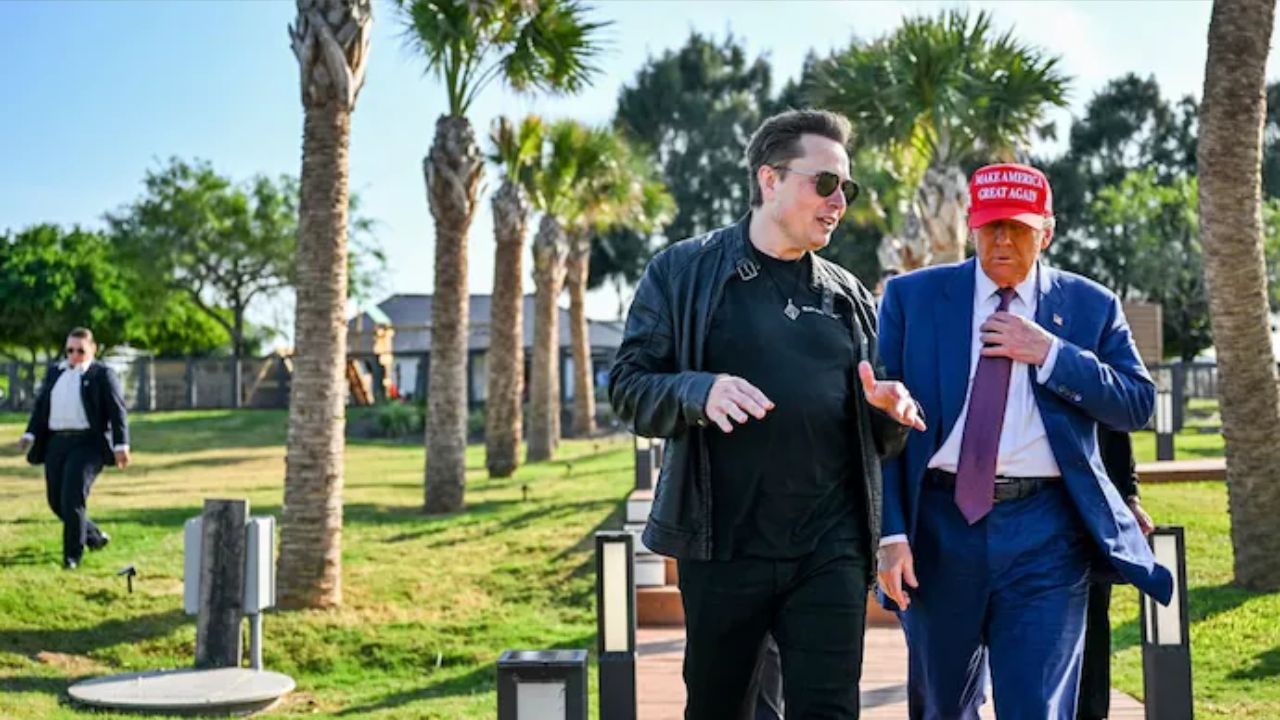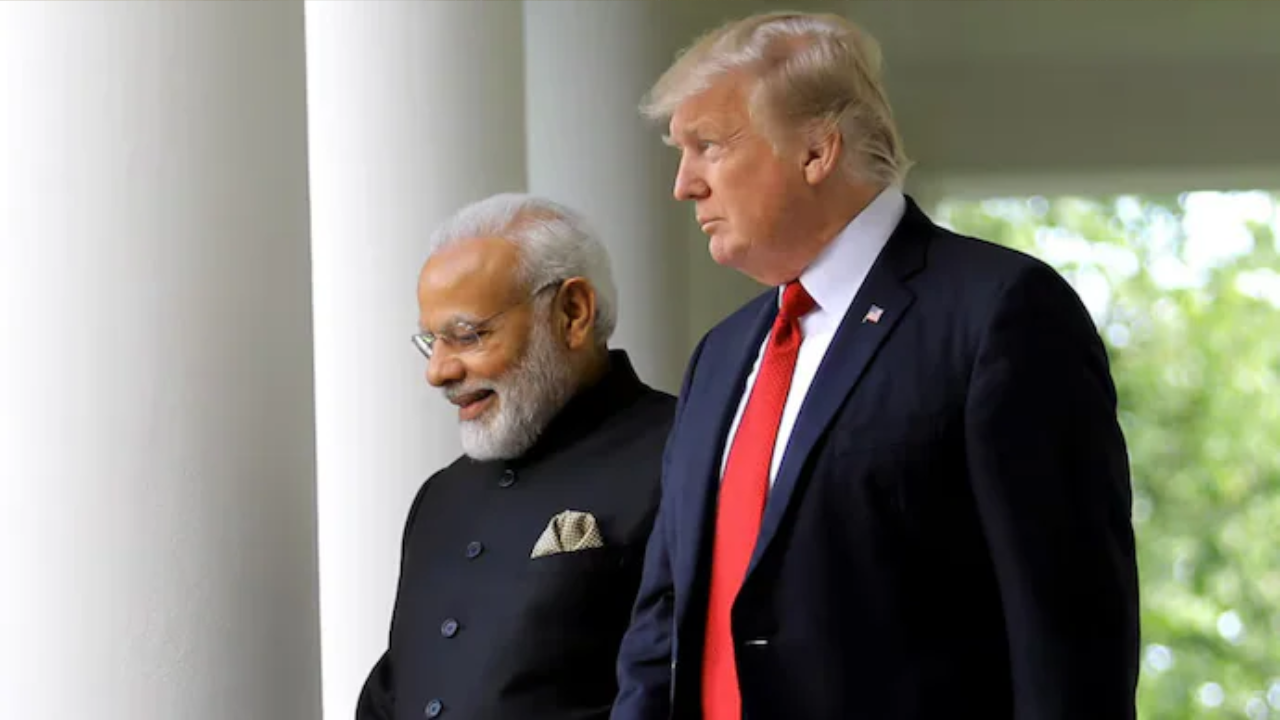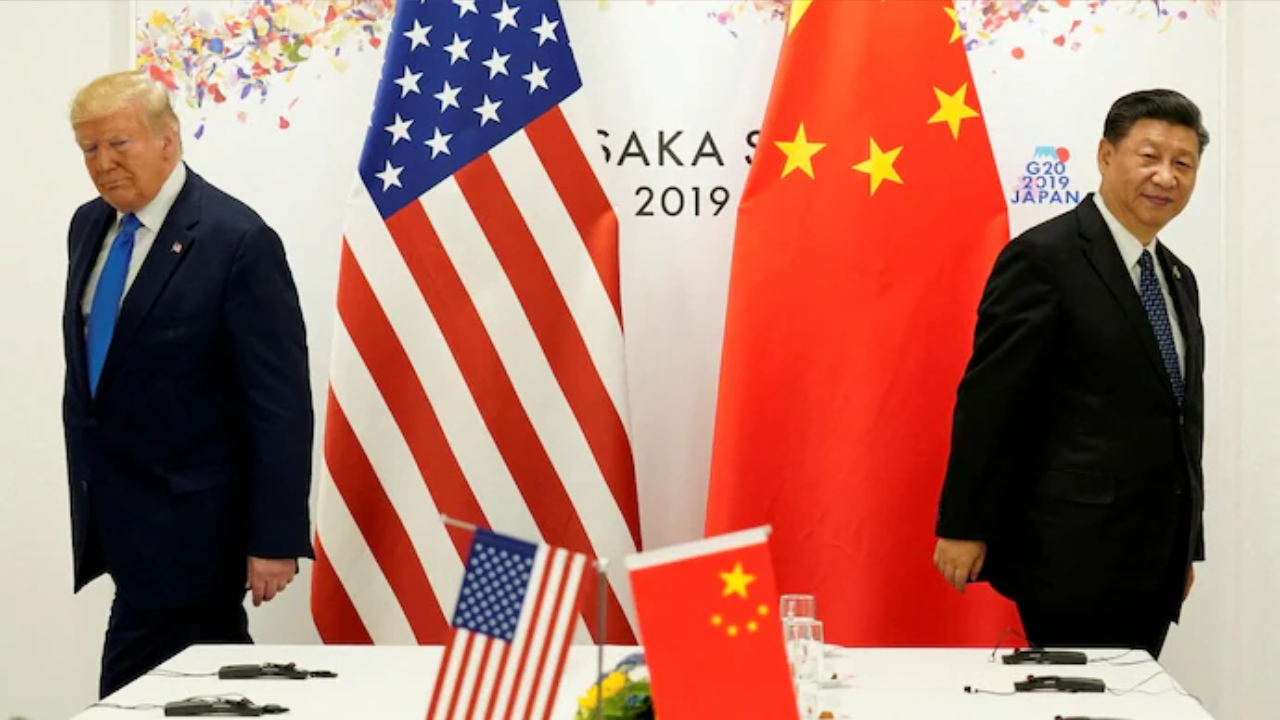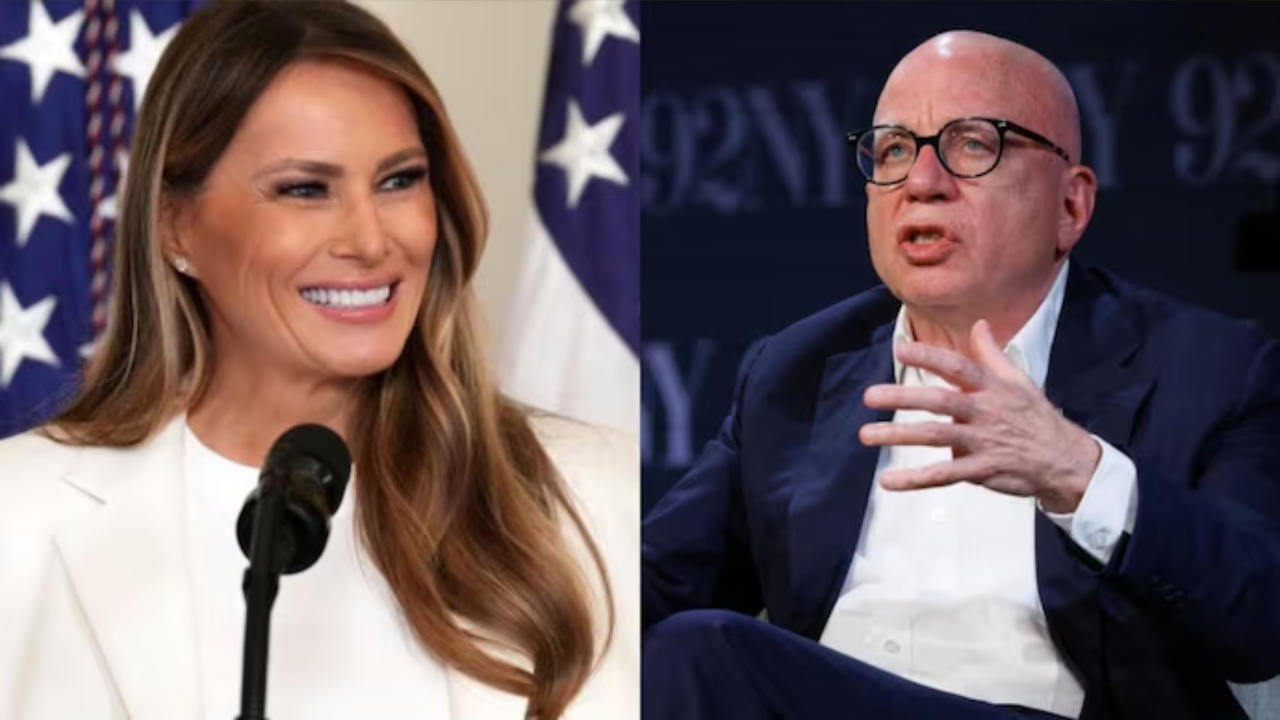The clock is ticking for India’s discounted oil trade. Donald Trump’s threat of “massive tariffs” has placed New Delhi’s three-year strategic windfall—cheap Russian crude—under unprecedented pressure. As a crucial Trump-Putin summit looms, Prime Minister Modi faces an impossible choice: preserve domestic economic stability or avoid devastating American economic retaliation.
The Mathematics of Pain
For three years, New Delhi masterfully capitalized on Western sanctions, turning Russia into its largest crude supplier. By mid-2025, nearly 40% of India’s oil imports flowed from Russian wells at deeply discounted prices, saving the nation billions and serving as a critical buffer against inflation.
But Washington’s patience has expired. President Trump explicitly demanded India “stop buying much oil from Russia,” weaponizing tariffs as leverage. The result: The US slapped punitive duties totaling 50% on Indian exports, causing a devastating 37.5% plunge in trade and hammering the country’s textile, pharmaceutical, and manufacturing sectors between May and September 2025.
The immediate economics are brutal:
- India imports 1.9 million barrels per day from Russia.
- A 30-50% reduction would not only reshape global oil markets but force Indian refineries—calibrated for Urals-grade crude—into costly technical disruption.
- Replacing this supply means paying higher prices, risking the domestic fury of rural voters who monitor food inflation, and urban consumers who watch fuel prices.
The Path to Compromise
A potential, high-stakes trade-off is on the table: Washington could slash tariffs to 15% if India gradually scales down Russian oil and opens its market to American agricultural goods. For Trump, it’s a campaign victory; for Modi, it’s a strategic compromise wrapped in economic necessity. Even American officials privately concede an overnight pivot is impossible, with analysts suggesting a minimum six to nine-month transition is required.
The real wildcard lies in Budapest, where Trump meets Putin.
- If the summit yields symbolic progress on Ukraine, India gains vital breathing room. Tariffs could fall, and New Delhi’s gradual diversification can proceed smoothly.
- If talks collapse, expect tightened secondary sanctions targeting refiners processing Russian crude, forcing India to scramble for alternative, significantly costlier suppliers.
For Modi, the stakes extend beyond diplomacy into electoral survival. India’s challenge is to convert its market size and strategic location into leverage, positioning itself as indispensable to both Washington and Moscow.
In today’s geopolitics, oil is foreign policy in liquid form, and the next Trump-Putin handshake may well determine how much India can ultimately afford to buy.
